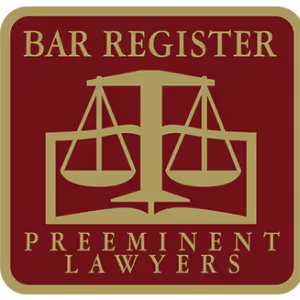Leukemia Claims Funded by 9/11 Victim Compensation
Attorneys for Leukemia of Unspecified Cell Type Claims Under the Zadroga Act
Nearly 17 years ago, the world changed on a Tuesday morning when the terror attacks of September 11 occurred. Washington, D.C. and New York City were under attack as hijackers flew passenger jets into the Pentagon and the World Trade Center. Another plane was crashed into the ground by hijackers as passengers fought back—it would never reach its final destination, which, to date, is unknown. After the massive Twin Towers collapsed in New York, a toxic cloud of dust lingered over Manhattan for months. Those who worked, lived, attended school, volunteered, or otherwise spent extended periods of time near Ground Zero were exposed to these toxins. As the years passed, many of these individuals began developing serious illnesses.
In December of 2015, President Barack Obama signed a bill that reauthorized the James Zadroga 9/11 Health and Compensation Act of 2010. The September 11 Victim Compensation Fund was also reauthorized at this time. Claimants now have until December 18, 2020, to file a claim seeking compensation for injuries caused by the September 11 terror attacks.
Many illnesses, such as cancer and other chronic diseases, take several years or longer to begin showing symptoms. Therefore, many first responders, volunteers, and other individuals who were in New York at the time of the attacks were diagnosed with serious illnesses years after the debris was cleaned up.
Eligibility for compensation

The fund does not provide compensation to everyone. Claimants must meet certain criteria. For example, claimants must show that they were in the New York City Exposure Zone for a certain period of between the date of the attacks through May 30, 2002. The exposure zone includes the general area south of Canal Street in Manhattan, reaching from the Hudson River in the west to Clinton Street in the east.
Claimants must also show that they have been diagnosed with an illness that is compensable under the fund. One of these illnesses is leukemia of an unspecified cell type.
Leukemia is a cancer of the bone marrow, lymphatic system, and other parts of the body that create blood. There are many different types of leukemia. Generally, leukemia impacts the white blood cells. Since white blood cells fight infections in the body, one of the first signs of leukemia may be a suppressed immune system. Other symptoms include night sweats, weight loss, fever, weakness, nosebleeds, and bone pain. Exposure to certain types of chemicals has been linked to leukemia.
Hiring an attorney experienced with the Zadroga Act and September 11th Victim Compensation Fund claims process is essential in a September 11 claim. Many victims find the claims process confusing and overwhelming. Submitting the right paperwork, meeting deadlines, and following up with the proper agency can all be time-consuming and frustrating. However, a lawyer familiar with these claims will be able to quickly build a case and ensure that it is processed as soon as possible.
It is best to meet with an experienced attorney as soon as possible to begin working on your claim. Your attorney will verify that you receive the maximum amount of compensation available under the fund regulations.
Contact Parker Waichman LLP Today to Begin the September 11th Victim Compensation Fund Claims Process. At Parker Waichman LLP, our September 11th Victim Compensation Fund Leukemia of Unspecified Cell Type Claims Attorneys are experienced in various types of September 11th Victim claims. To schedule your free and completely confidential consultation with our skilled attorneys, call 800-968-7529 24 hours a day, 7 days a week.














































